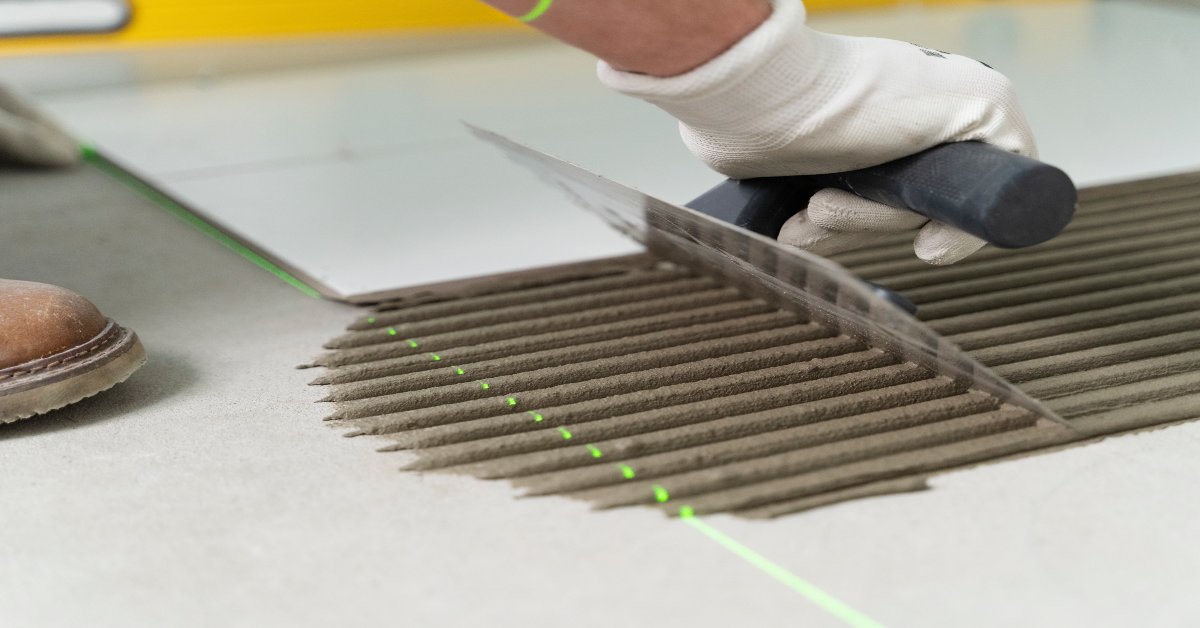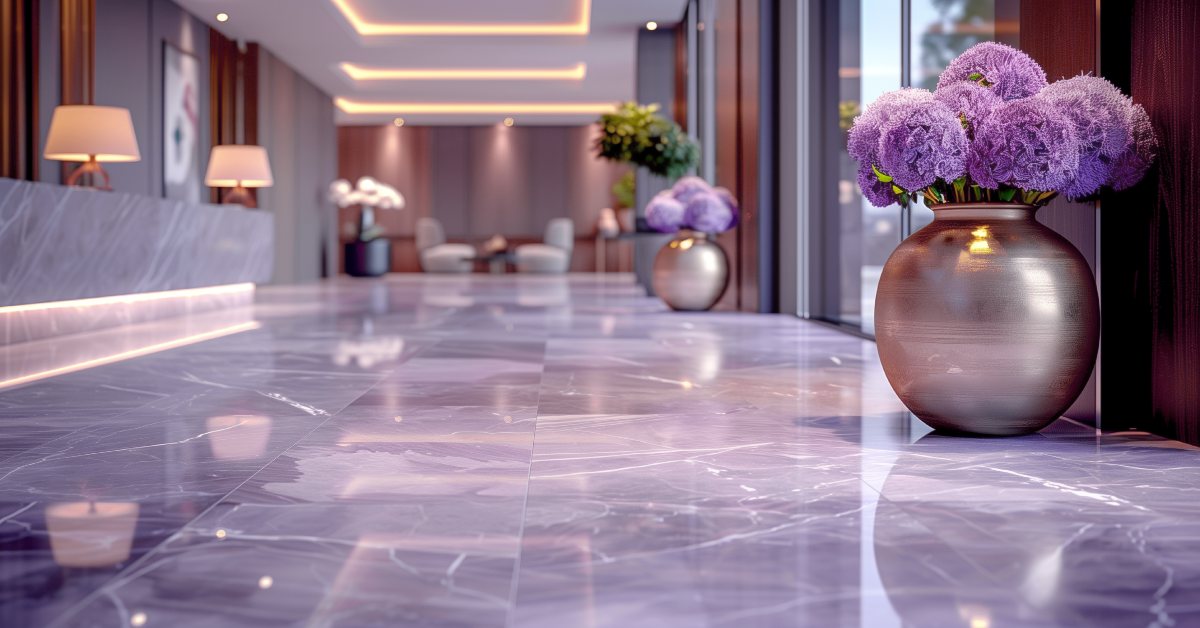Debunking Marble Sealing Myths: What You Really Need to Know
Updated : 5 months ago

Sealing is among the most misconceived processes when it comes to marble surface care. Although a prevalent practice, sealing marble is often full of myths that may result in improper care, damage, or unnecessary expenditures of time and money.
This blog is your go-to marble sealing guide, debunking the most common marble sealer myths, giving you actionable tips on how to maintain your marble, and exposing how to seal marble correctly. Let's distinguish fact from fiction and preserve your marble investment the way it should be.
Myth 1: All Marble Sealers Are the Same
Truth: They’re not. The quality and composition of a sealer make a difference.
Topical sealers form a covering on the surface, while penetrating sealers penetrate into the pores of the stone. Penetrating sealers are often the most suitable option for marble, which is a porous natural calcium-based stone. They give invisible protection without changing the appearance or texture of the stone.
RachTR supplies fine-quality penetrating marble sealers that are specifically engineered to protect without affecting breathability or changing surface appeal.
Myth 2: Sealing Once Is Enough
Truth: Even high-quality sealers must be reapplied after a while.
Some people believe sealing is done just once. The reality is that even top-end marble sealers wear out with foot traffic, cleaners, or exposure to the environment. Resealing periodically is, therefore, essential.
Tip: Test with a water drop every 6-12 months. If water is absorbed rapidly and discolours the marble, it's time to reseal.
RachTR provides professional guidance to help users determine the perfect resealing frequency for home and business use.
Myth 3: Sealing Prevents Etching
Truth: Sealers prevent stains, not etching.
Etching is the result of acids (lemon juice, vinegar, cola, etc.) chemically reacting with calcium in marble. Even a sealed surface can etch when exposed to acid-containing products.
To minimize etching, use non-acid cleaners and wipe up spills immediately. Want even more durability? Reinforce the marble from the inside out.
RachTR's Stone Power, a commercial marble densifier, strengthens calcite-based stones' hardness. While it won't eliminate resealing, it reduces the stone's etching susceptibility and surface wear.

Myth 4: DIY Sealing Is Safe
Truth: Inadequate application can destroy your marble's appearance and decrease protection.
DIY kits are prevalent, but they produce streaks, residue, or damage if used improperly. Without sufficient cleaning and drying before applying them, sealers won't properly bond to the marble surface.
Pro Tip: Apply only a pH-neutral cleaner before sealing. Use a lint-free cloth or applicator, allow to stand according to instructions, and wipe away excess product.
RachTR offers application and aftercare instructions to maximize the performance of their marble sealers.
Myth 5: Marble with a Natural Finish Doesn’t Need Sealing
Truth: Unsealed marble, regardless of finish, is prone to staining.
Others choose not to apply a sealer because they prefer to maintain the natural, flat look of honed marble. Thankfully, enhanced penetrating sealers provide good protection without showing.
RachTR sealers will not alter the honed or polished finish of marble, so are perfectly suited to minimalist or heritage designs.
Myth 6: Only Kitchen Countertops Need Sealing
Truth: All marble surfaces should be sealed, including floors, bathrooms, and walls.
Marble shower, floor, or vanity areas are equally subject to water penetration and staining. Failure to seal these areas can result in long-term discolouration and breakdown.
Marble care tip: Use sealers evenly on all marble surfaces, particularly those in high-moisture or high-traffic areas.
RachTR's marble sealers are versatile and scalable, suitable for anything from a residential bathroom to a hotel lobby.
Bonus Myth: Stronger Sealer Means No Densifier Needed
Truth: Sealers and densifiers are not alternative products and are best used in conjunction with each other.
Sealer blocks stains caused by oil and liquids from entering the marble. Densifier, such as Stone Power by RachTR, chemically bonds within the stone's internal matrix. This increases the hardness of the surface, slowing the wear rate of the sealer.
Using Stone Power as a pre-treatment prior to sealing can increase the life of the stone and the sealer significantly, particularly for high-traffic floors.
Final Word: Say Goodbye to Marble Sealer Myths, Hello to Smart Marble Solutions
Trusting marble sealer myths will cost you, both in money and appearance. The truth is, sealing marble correctly requires the correct product, method, and frequency. Knowing how to seal marble and how to care for it ensures that you can conserve your investment for years to come.
And for that, professional advice and tested products matter.
Why to Choose RachTR for Marble Protection?
We at RachTR are experts in scientifically developed solutions for natural stone care. Our product line encompasses:
Stone Power, a high-strength densifier for marble and other calcite-based stones
High-performance, breathable penetrating marble sealers
Technical support and usage information
Eco-friendly, professional-grade formulations
RachTR has everything you need to ensure marble performs and appears its best, whether you are an architect, contractor, or homeowner.
Explore our marble care range at www.rachtr.com
What You Really Need to Know
All sealers are not the same, use penetrating types for marble.
Sealing won't prevent etching, use densifiers like Stone Power.
Resealing is necessary, test your surface annually.
Take heed with DIY sealing, use proper procedures.
Marble bathrooms, walls, and floors need to be sealed too.
For expert-backed products and guidance, trust RachTR, the name professionals use for long-term stone protection.
60 views
60
0 comments
0



.jpg)

.webp)






Comments